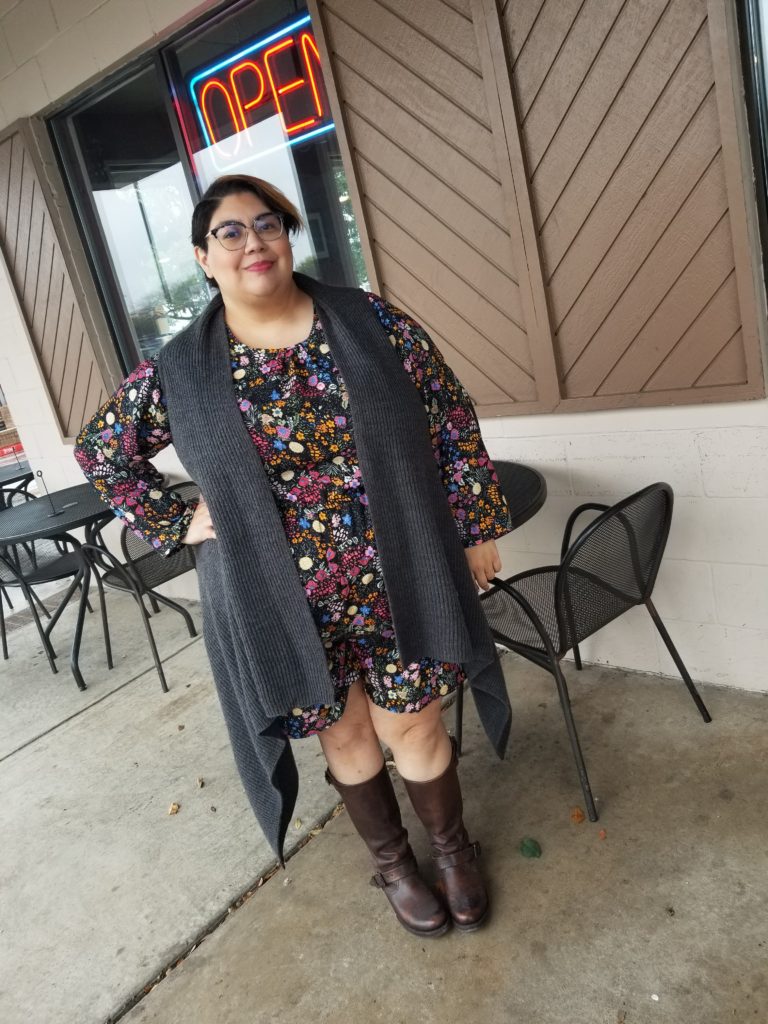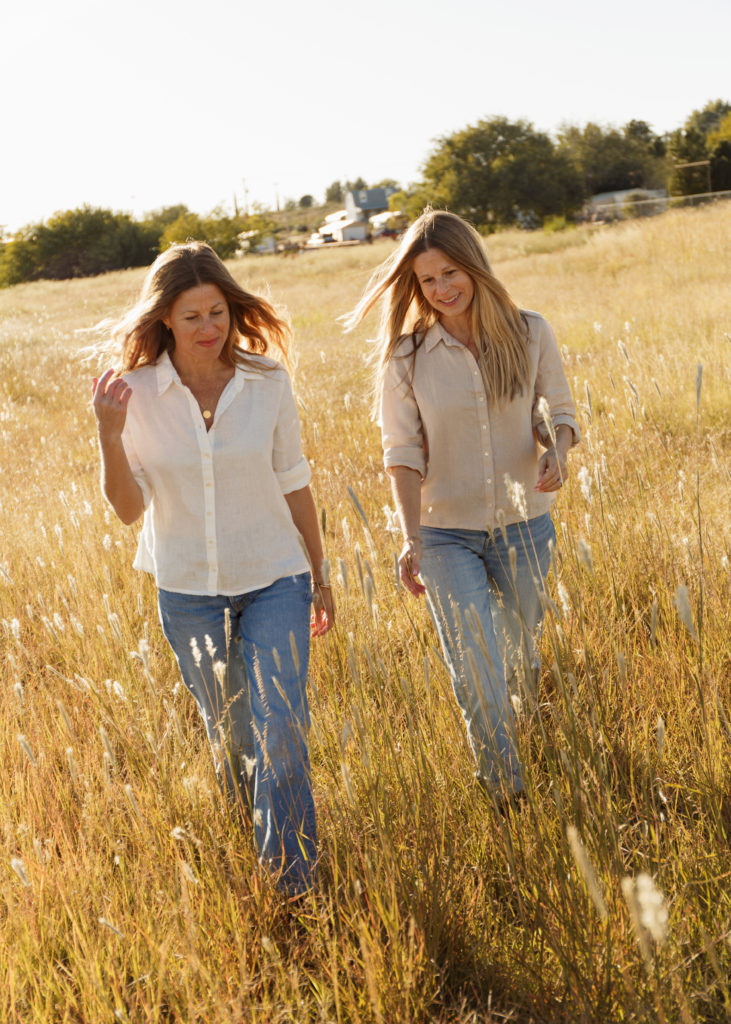Three Austinites are making fashion accessible for all body types and expanding the conversation on size inclusivity.
By Landry Allred

Unable to find clothing to fit their small frames, Melissa and Amy Segal, both shy of 5 feet, 1 inch, have resorted to shopping in the junior’s department multiple times. Cathy Tilton, who is a size 22/24, became overwhelmed to the point of tears after a wedding-dress boutique offered her multiple dresses she couldn’t fit in.
Size inclusivity has become a hot-button topic as 70 percent of U.S. women consider themselves a special size—juniors, tall, petite and plus-size—according to a survey conducted by market research company the NPD Group. American mannequins skew body expectations with the average at six feet tall with a fairly slim bust, waist and hips. This falls far from the actual average American woman, who is 5 feet, 3 inches in height and size 16 to 18.
Several women in Austin have stepped up to be a voice in the void of size-inclusive shopping, including local fashion blogger Tilton. Previously, she solely focused on general fashion, but after realizing that others shared her experiences, she switched to talking about plus-size fashion and size inclusivity to express her perspective.
“As a plus-size woman, if someone invites you to a last-minute formal event in Austin, you’re kind of [out of luck] because where do you even go to find stuff in your size to try on and have options?” Tilton says. “That’s not always easy, so that’s a big part of why I write.”
In a survey examining 25 multi-brand retailers conducted by retail analytics firm Edited, only 2.3 percent of women’s apparel were reported plus-sized. Tilton has experienced a lack of in-store plus-size clothing, creating a segregated shopping experience as most plus-size women are forced to shop online. However, even stores that do try to include plus sizes lack variety. After visiting popular undergarment stores, Tilton failed to find plus-size bras in colors beyond white, beige or black. Tilton says the best thing a clothing store can do is refrain from treating plus-size customers as an afterthought.
“It’s a matter of feeling welcome,” Tilton says. “There’s so much size shaming in general in society, so it’s really annoying when stores reinforce that.”
Not only does Tilton hope that other plus-size shoppers feel heard through her writing, but also that straight-size shoppers are more aware that shopping isn’t easy for everyone.
“It is a humiliating experience to go into a store and have people hand you things to try on that you absolutely can’t fit in,” Tilton says.

Local clothing company togethersegal is one of the few Austin businesses making a mark in size-inclusivity by solely producing clothing for petite women. Twin sisters Melissa and Amy Segal started the company in 2018 after struggling to find clothing that fit them and realizing there was a market for petite clothing.
“There are petite women wearing things that may not fit them,” Amy Segal says. “How does that really make you feel going out into the world and wearing something that doesn’t fit you right?”
The Segal sisters have repeatedly noticed their customers, who are often shorter than them, finding something as simple as pants fit them perfectly. It changes their perspective, giving them confidence to go to interviews or meet new people.
“Nobody should feel left out,” Melissa Segal says. “There should be choices for every body type for sustainable, fashionable clothing.”
Producing size-inclusive clothing is not just about making designs a shorter grade down. Rather, it’s investing more time to consider each design for each body type.
“There were a lot of things we had to take into consideration based on our specific designs,” Melissa Segal remembers. “Our shoulders are a lot more narrow, so the armhole might need to be higher.”
They hope their company can start a broader conversation on size inclusivity. Although producing size-inclusive clothing takes more time and intentionality, having an open dialogue can help clothing companies understand what the customers want. After walking into a store that lacked petite clothing, Amy Segal was encouraged when an employee asked to take her measurements.
“That’s a great way to start, and [it] made me think they might be thinking of a petite line,” Amy Segal says. “Find out what your customers want; be curious and ask questions.”
While specialty stores will always exist, Tilton encourages major brands to expand their reach to include other sizes, consistently carry them and market them to shoppers.
Since the inaugural Austin Fashion Week, Tilton has since noticed the same designers applauded for their work each year that only caters to straight sizes.
“For Austin to be such a liberal, positive, inclusive city, it is a desert for inclusive shopping,” Tilton says. “What we wear tells the world who we are before we get a chance to open our mouth.”


